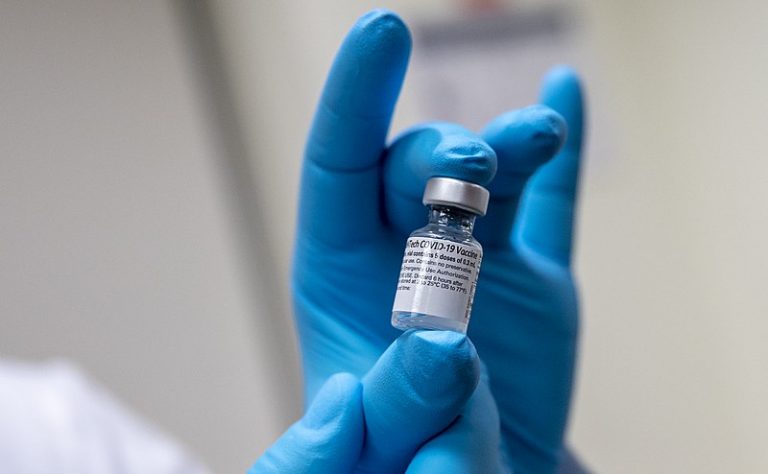Published on March 1, 2021

As it strives to improve equitable vaccine distribution, the city of Seattle will use a new mapping tool to help it site future mobile and pop-up clinics and, eventually, mass vaccination sites.
The map, developed by the University of Washington, lets the city compare, by ZIP code and census tract, communities’ COVID-19 positivity rates and other potential vulnerability factors.
It uses the Social Vulnerability Index — a federal measure that combines 15 factors such as poverty levels, household size and vehicle access — to try to measure the effects of a disease or disaster on a community.
“This tool is critical to ensure our limited supply goes to communities who have been disproportionately impacted by COVID-19,” Seattle Mayor Jenny Durkan said in a prepared statement. “Those who have been hit hardest by the pandemic should be the first to get vaccinated, and the City of Seattle — working with our partners — can and should lead in the way in equitable access.”
Esther Min, a research consultant and PhD student with UW’s Department of Environmental and Occupational Health Sciences who worked on the mapping tool, said it should also be used to guide outreach and education campaigns to communities.
The various measures paint similar pictures. Seattle communities highest on the Social Vulnerability Index — those in South Seattle along the Rainier Valley and, to a lesser extent, in North Seattle along Highway 99 — also have the highest COVID positivity rates.
“When you look at the City of Seattle or King County, it’s really South Seattle and South King County residents that are hit the hardest, whether you look at the positive rates, whether you look at the social vulnerability,” Min said. “They’re really bearing a lot of burden.”
The mapping tool evolved from past UW work in mapping health disparities around the state. A 2019 mapping project from the same team showed which communities in Washington have the highest exposure to things like lead, diesel fumes and toxic waste.
Continue reading at the Seattle Times.
Originally written by David Gutman for the Seattle Times.